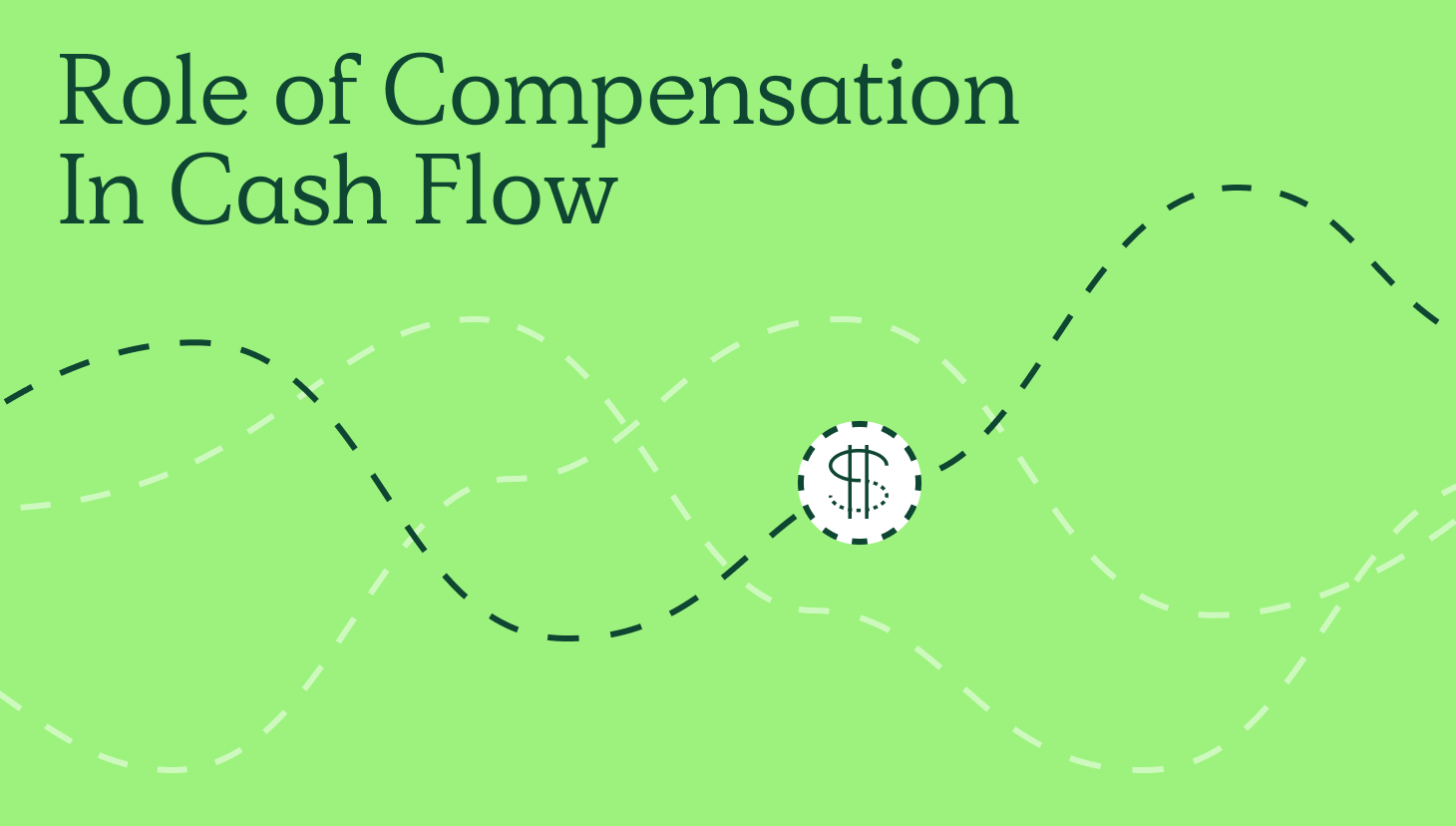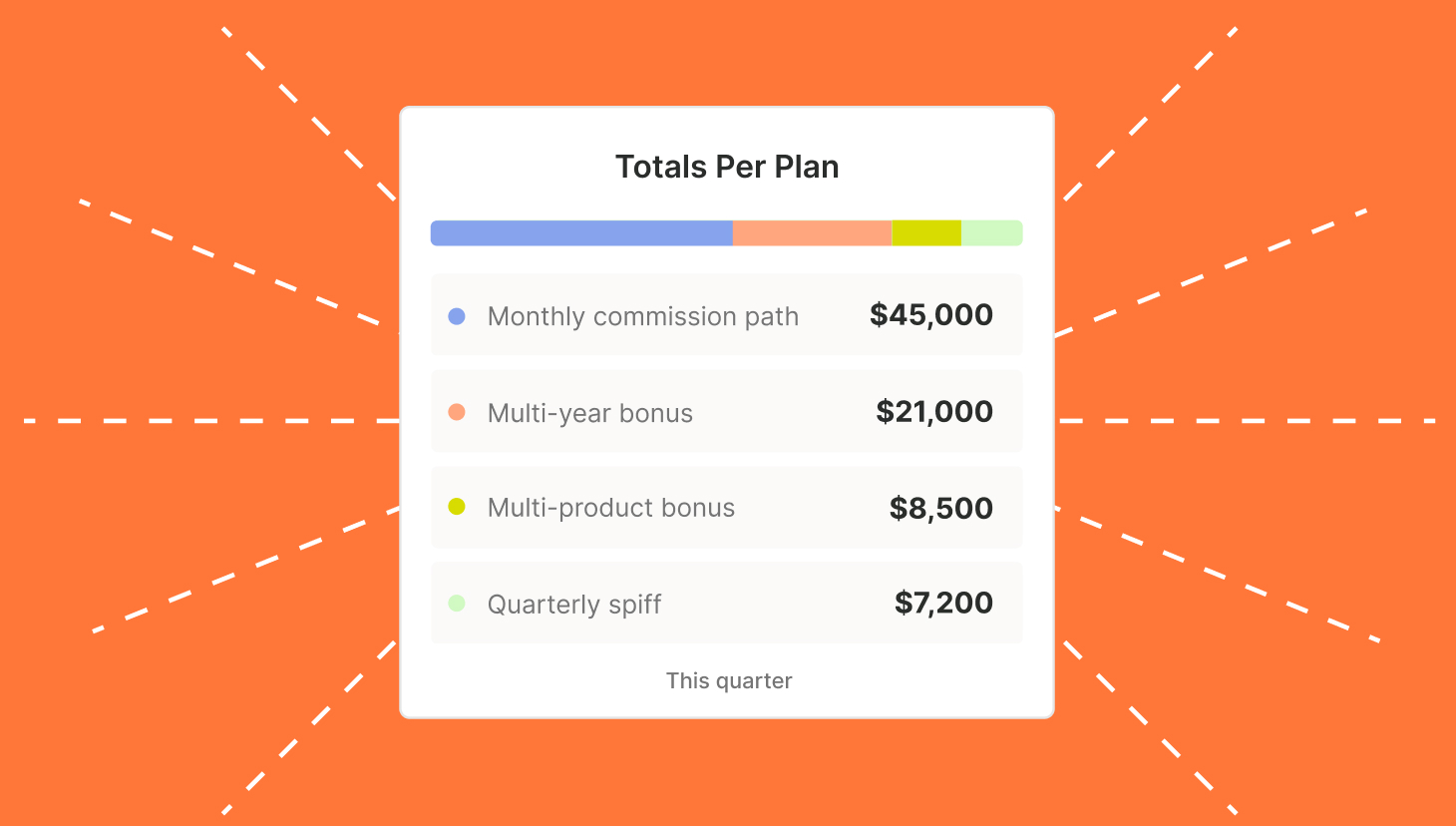At least twice a week, I get asked about compensation plans: “What do you think of this?” “How can I get my team to buy into this plan?” “Have you seen this plan before?”
Even worse, when I go through plans with individual contributors, their comments are usually (in a frustrated tone) along the lines of, “Yeah, I’m not sure why we decided to go this route.” or “We’ve changed it at least 3 times in the last year.”
I’ve been guilty of having my own team feel this way as well. That’s why I’ve decided to put together a post breaking down the various components of what makes a good compensation plan.
First off, when you’re deciding whether you want to join the sales team at any company, there are so many factors to consider: the company’s reputation and culture, vacation policies, and the potential for growth, among other things.
But your compensation plan has a lot to do with your happiness and success at the company. That’s why it’s important to know what to look for when you’re interviewing for a sales position in any organization. Let’s take a look at some features of a good compensation plan, as well as some common red flags that should send you running in the opposite direction.
What makes a good compensation plan?
Simplicity
Whether in a smaller sales operation or complex enterprise sales, the best comp plans should be so simple to explain that they could fit on a napkin. As a salesperson, you’re driven by a desire to succeed, and your target numbers and the associated pay should serve as beacons that guide your work. If there’s a lot of guesswork or confusion about how your take-home pay is calculated, you might find that your morale takes a hit and you’re less driven to reach your goals. More than 3 different variables going into a compensation plan is a red flag for me.
Correct ratio of OTE to quota
There are varying opinions about what the ideal relationship between quota and on-target earnings (OTE) should be, but generally, the sweet spot is in the 15-25% range (full compensation). That means if you have a 1 million dollar new business sales quota, your OTE should be somewhere between $150,000 to $200,000. If you’d like to get paid higher, figure out what your quota is and do the math.
The breakdown of base pay to commission will vary depending on the company and the role, but here are some general rules of thumb:
- Sales representatives are typically 50% base, 50% commission.
- Lead gen roles may have a higher base and lower commission, e.g. 60% base, 40% commission
- Account managers will often have an even higher percentage of OTE made up of base salary (something like 70% base, 30% commission).
- Enterprise sales reps (with large deal sizes) might be more like 40% base, 60% commission.
Realistic goals
A sales plan is only as good as it is realistic. Quotas should be ambitious, but they should also be achievable. A good way to tell whether a company sets appropriate quotas is to ask about the percentage of the sales force who are able to hit the mark every time. A company with realistic quotas will have about 80% of their sales reps hit the mark every period.
I’ve had years where rep attainment percentage hovered around 80% and years where rep attainment was around 30%. Guess which one was way more fun to be around?
In addition to realistic quotas, the best companies will account for an appropriate ramp-up time for their sales cycle, and a way for sales reps to get paid until that ramp-up period has passed. For instance, if the average sale takes three months to close, a ramp-up period of one month isn’t adequate for a new sales rep to start closing deals.
What are some red flags to watch out for?
Now that we know what a good sales compensation plan looks like, let’s take a look at some factors that should prompt you to ask more questions.
Complex or moving targets
There are a lot of legitimate reasons to shake up sales compensation plans: a new VP of sales, a new financial model, a new product line, or sales rep turnover, among other factors. Changes to comp plans often come with major structural changes to territories or verticals and peoples’ roles in the company.
But as we mentioned earlier, sales targets serve as a beacon for sales reps to focus on. Too many changes or complications in a short period of time can muddy the waters, obscuring progress toward goals and hurting morale. Companies that frequently change sales compensation plans, quotas, or reporting periods (monthly to quarterly or quarterly to yearly, etc.) may be helmed by leaders who don’t understand the company’s sales cycle or how its products should be sold.
A higher-than-average clawback rate
Clawback policies are common in many sales organizations. Essentially, they mean that if a customer cancels a sale or asks for a refund, the credit for that sale and the associated commission will be taken away from the sales rep who closed the deal. They’re a bummer, but they ultimately shouldn’t represent a huge percentage of your total commission as a sales rep.
In general, a clawback rate higher than about 2% may indicate that: a) the company’s product doesn’t work as advertised, and/or b) sales reps aren’t getting sufficient training to help them identify the right customers.
100% commission jobs
This one should be pretty self-explanatory: if a company isn’t willing to pay you a base salary, they’re not really hiring you as a salesperson for their company. Don’t invest your time and talent in a company that won’t invest in you.
Find your way
Simple, appropriate sales compensation plans aren’t just the sign of a healthy organization; they’re tools to motivate sales reps and power company-wide growth. Well-defined and realistic sales goals (along with the right training and support) should help empower salespeople to meet and exceed their targets. Take a look at the compensation plan for your current company or any organization you’re considering joining to determine whether you’re being positioned for success — or whether you need to take your talent elsewhere.
Now comes the obligatory “Check out QuotaPath!” But seriously, check us out. Our powerful sales performance management solution can help you get a better idea of where you stand on your sales goals, and it’s free to use. Get early access here.



